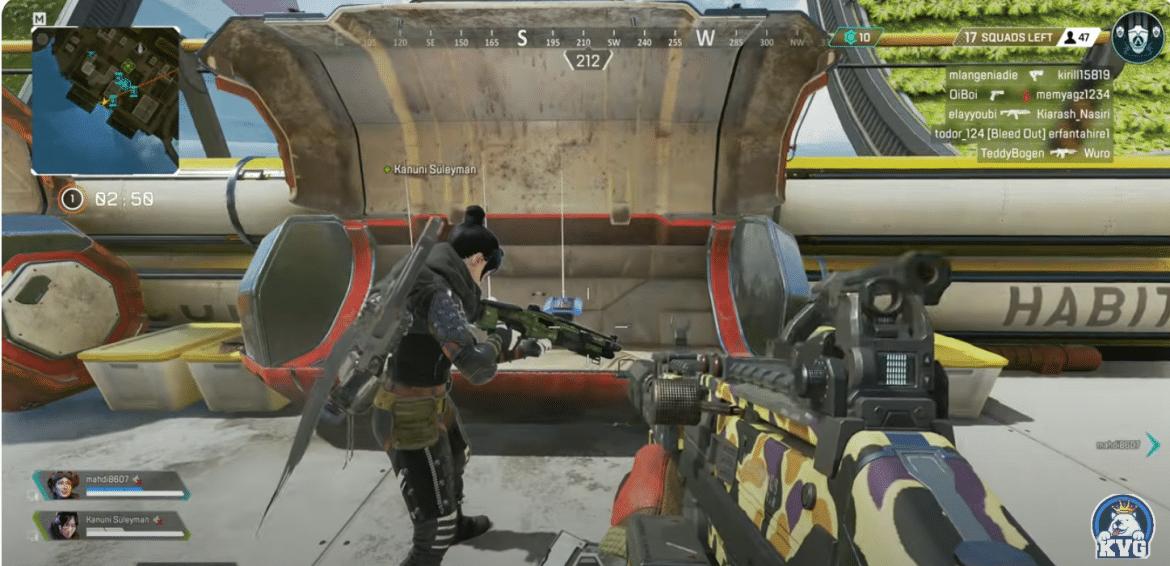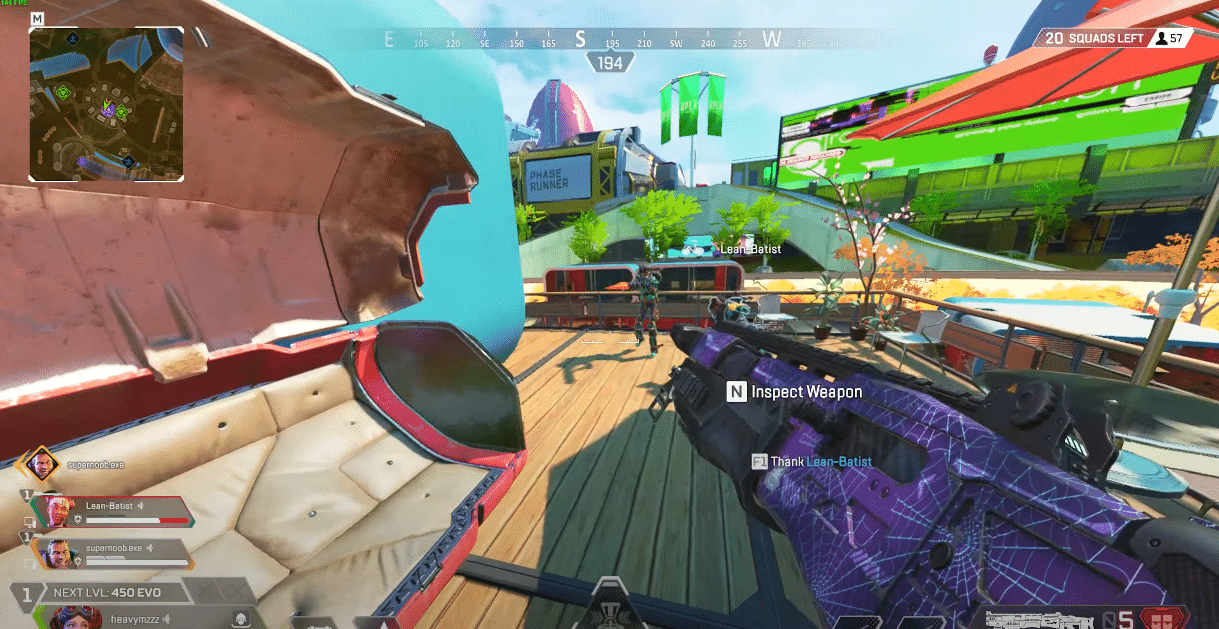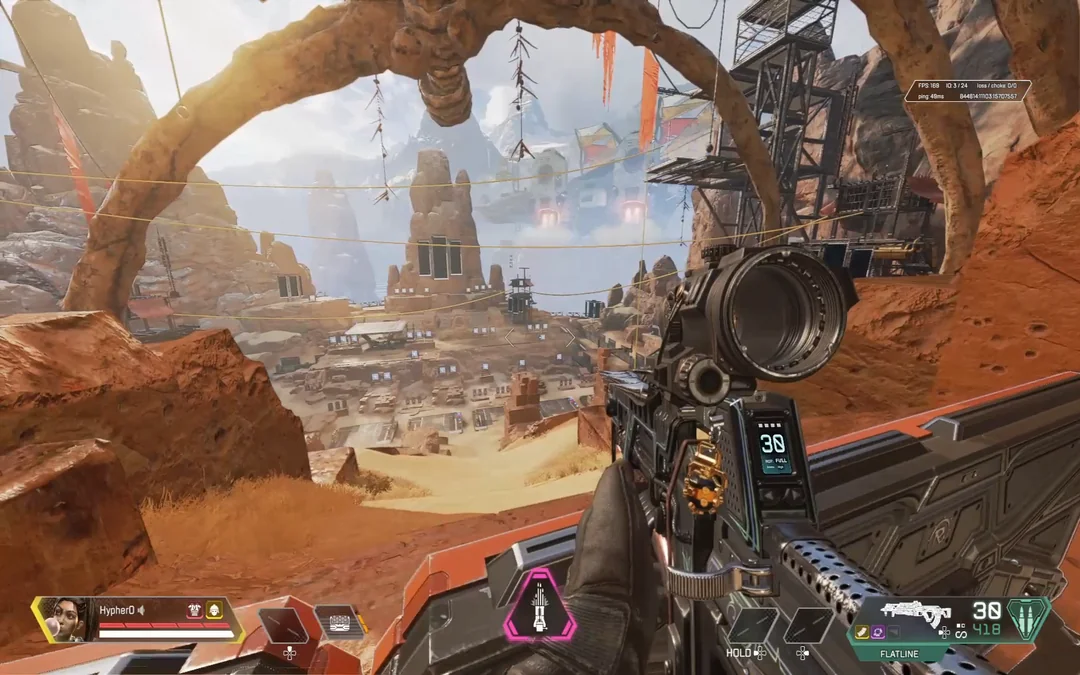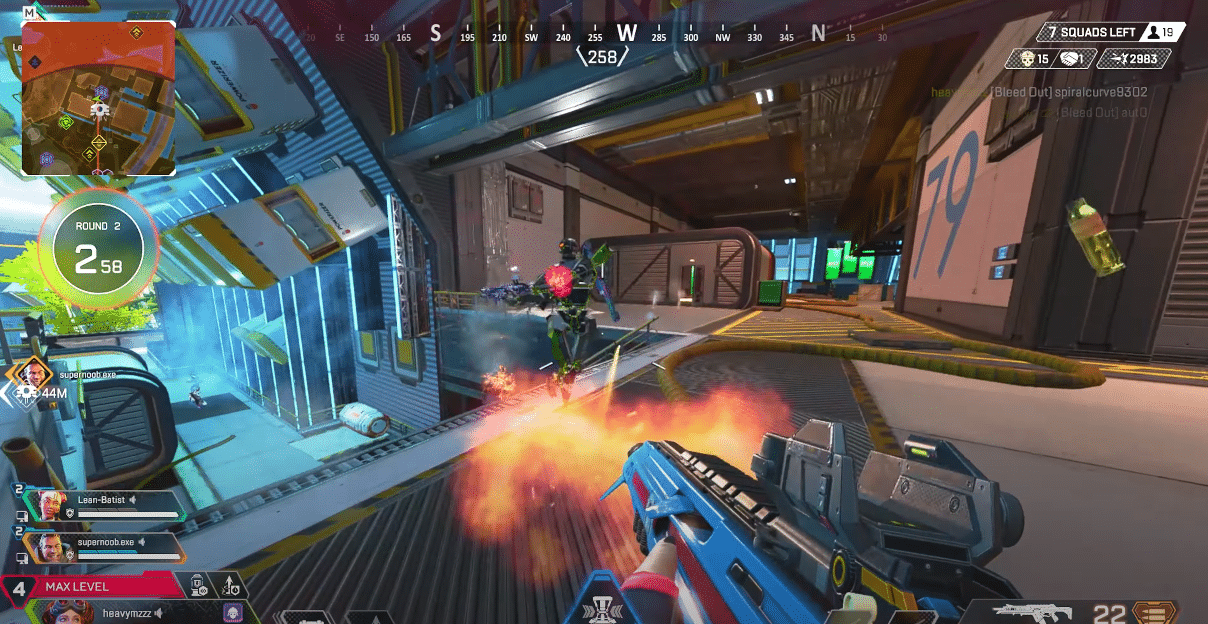Controlling weapon kick in Apex Legends can be the difference between victory and defeat. In this fast-paced battle royale, mastering recoil is crucial for improving your gameplay and dominating your opponents.
Whether you’re using the flatline or the R-301, learning how to manage your weapon’s recoil will significantly boost your combat effectiveness. Additionally, for further enhancement of gameplay and to gain a competitive edge, players can explore advanced aimbot and ESP features by clicking to Battlelog.co.
One of the best techniques to improve recoil control is Jitter Aim. This method involves quickly flicking your mouse left and right while shooting, which helps reset your weapon’s recoil and makes hitting targets more consistent. By practicing this technique, we can enhance our accuracy and land more shots under pressure.
Another vital tip is choosing the right weapons. Some guns, like the KRISS Vector and P2020, have lower recoil, making them easier to control. Opting for these weapons can give us an edge in long-range engagements where precision is key. Let’s dive into these methods and elevate our Apex Legends skills.
Understanding Weapon Mechanics in Apex Legends
We’ll cover the critical mechanics of various weapon types in Apex Legends, focusing on recoil patterns, damage profiles, and firing rates. Dive in as we explore specific guns in each category and how you can master them on the battlefield.
Recoil and Spray Patterns
Recoil and spray patterns are key elements when using any gun in Apex Legends. Recoil is the upward push a weapon exerts after firing a shot, affecting your aim. Every gun has its own distinct spray pattern, especially the Flatline and R-301 Carbine, which players must learn to control.
Memorizing these patterns and practicing will drastically improve your combat efficiency. The R-301 is known for its low recoil, making it perfect for beginners. For more experienced players, mastering the recoil on the Rampage LMG can be beneficial.
Damage Profiles and Firing Rate
Different weapons have unique damage profiles and firing rates. These determine how effective a gun can be in various scenarios. For example, Assault Rifles like the Havoc Rifle and Spitfire have a consistent damage output and moderate firing rates, making them versatile.
Single-shot weapons like the Hemlok Burst AR have a higher damage per bullet but a slower firing rate. This means you need to aim more accurately to maximize their potential. Understanding these dynamics helps us choose the right tool for each combat situation.
Assault Rifles and LMGs
Assault rifles and LMGs provide a balanced mix of damage, range, and firing rate. LMGs such as the L-Star EMG and Spitfire are excellent for suppressing fire due to their large magazine sizes. The Flatline and R-301 Carbine are fan favorites among assault rifles because of their versatility.
R-301 is known for its ease of use and adaptability in various combat situations. Flatline offers higher damage at the cost of more recoil. Knowing when and how to use these guns can give us a significant edge in gunfights.
SMGs and Shotguns
SMGs and shotguns excel in close-quarters combat. The R-99 and Volt SMG are popular choices due to their high firing rates and manageable recoil. Alternator SMG offers stability, making it effective for beginners transitioning to more aggressive playstyles.
For shotguns, the Peacekeeper and Mastiff deliver heavy damage with each shot. Both are deadly in close range, but require precise timing and accuracy. The Eva-8 Auto offers a faster firing rate with less damage per shot compared to the Peacekeeper.
Marksman and Sniper Rifles
Marksman and sniper rifles are designed for long-range engagements. Kraber is a one-shot kill sniper, highly effective but rare. Charge Rifle and Sentinel are charge-based snipers offering consistent long-range pressure.
Marksman weapons like the G7 Scout and 30-30 Repeater bridge the gap between snipers and traditional rifles. These weapons require precise aiming and good positioning to maximize their potential. Mastery of these rifles allows us to control large areas and pick off enemies from a distance effectively.
Practical Recoil Control Techniques
To excel in Apex Legends, it’s essential that we master practical recoil control techniques. These methods will boost our accuracy, improve our combat effectiveness, and make us formidable opponents in the game.
Aiming and Movement
Controlling recoil starts with our aiming and movement. We need to focus on stabilizing our aim by practicing strafing and using cover strategically. Strafing, or moving side-to-side, helps in dodging enemy fire while maintaining control over the recoil.
Aiming Down Sights (ADS) is crucial since it helps reduce recoil and increase accuracy. Keeping an eye on the crosshair and adjusting our mouse sensitivity according to our comfort level can make a significant difference. Muscle memory plays a key role—consistent practice will enable us to predict and counteract weapon kick more effectively.
Attachment Utilization
Attachments are game-changers for managing recoil. Barrel stabilizers, stocks, and grips can massively reduce the weapon’s kick. We should focus on equipping our weapons with the highest level attachments available to gain maximum control.
Optics also play a vital role. They provide better sightlines and improve accuracy. Learning which attachment works best with different weapons, like using stabilizers on high-recoil guns such as the Flatline, is critical. Each attachment offers unique advantages that we must leverage to maintain consistent accuracy during battles.
Practice Makes Perfect
Recoil control isn’t mastered overnight. Regular practice is essential for developing the muscle memory needed for precise control. We should utilize the firing range to hone our skills. Here, we can experiment with various weapons and attachments to understand their recoil patterns.
Taking time to practice flicking and tracking skills will also enhance our overall aim. Practicing with different sensitivity settings can help find the perfect balance. Recoil smoothing, or slowly dragging our aim in the opposite direction of the recoil, should become second nature. Through dedicated practice, we can transform our recoil control abilities, making us more proficient players.
Advanced Strategies for Experienced Players
In this section, we’ll explore how to adapt to in-game dynamics and use effective engagement and elimination tactics to maximize your success in Apex Legends.
Adapting to In-Game Dynamics
To thrive in Apex Legends, seasoned players need to keep up with the ever-changing meta. It’s crucial to stay updated with patch notes and meta shifts. When the developers adjust weapon stats or buff particular legends, it requires quick adaptation to maintain a competitive edge.
Weapon choice should align with your play style and the current state of the game. For instance, when certain guns are buffed, integrating them into your loadout can be beneficial. Experimenting with new weapon combinations can give us an advantage during gunfights.
Another aspect is utilizing the unique abilities of legends. Crafting a team that complements each other can have a huge impact. We need to know when to push aggressively and when to fall back, adapting to the pace of the battle.
Engagement and Elimination Tactics
Winning gunfights and securing eliminations are paramount. Engaging enemies requires precise aim and strategic positioning. Holding the high ground offers a tactical advantage, allowing us to dominate the battlefield effectively.
Coordination with teammates can turn the tide of any confrontation. Communicate enemy positions, plan ambushes, and sync abilities for maximum impact. Pre-engagement preparations, like looting for optimal gear and healing items, can elevate our chances of victory.
Flanking maneuvers and surprise attacks can catch opponents off guard. Be unpredictable in movements to mislead enemies. Controlled bursts or tap firing can manage weapon kick, ensuring our shots remain accurate during intense gunfights. By refining these tactics, we can drive our team to triumph.




